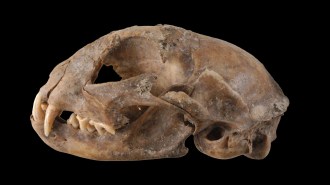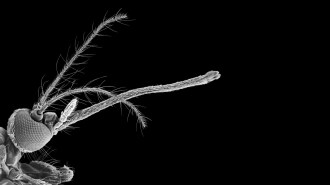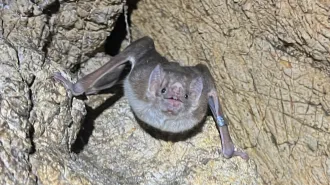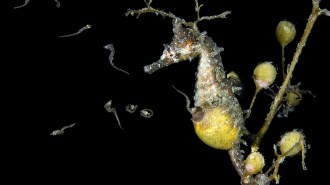50 years ago, atomic testing created otter refugees
Excerpt from the November 10, 1968, issue of Science News

OTTERLY FANTASTIC The transfer of a few hundred sea otters from Amchitka Island in the 1960s and early 1970s helped replenish populations ravaged by hunting in southeastern Alaska, Washington and British Columbia.
Mike Baird/Flickr (CC BY 2.0)
 Sea otters restocked in old home
Sea otters restocked in old home






